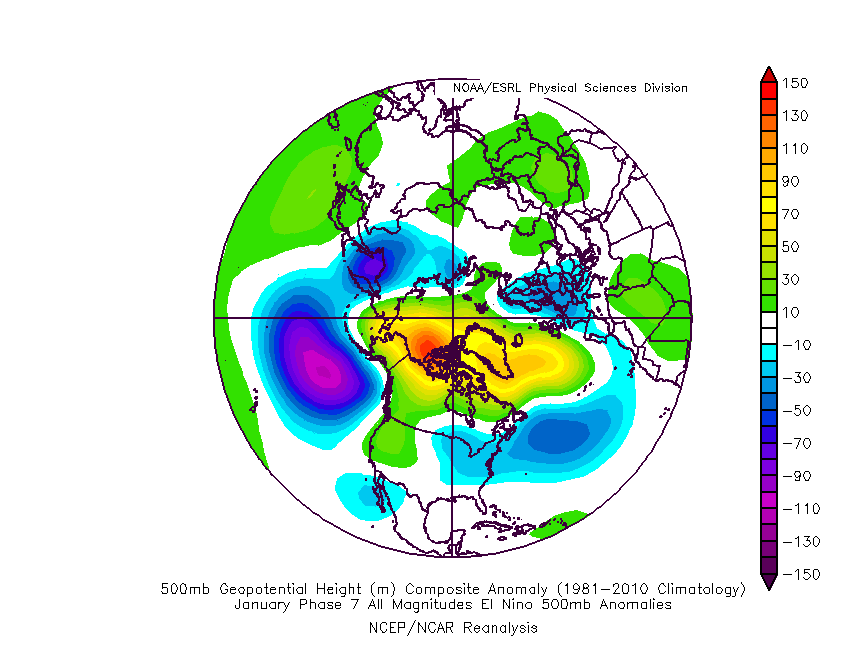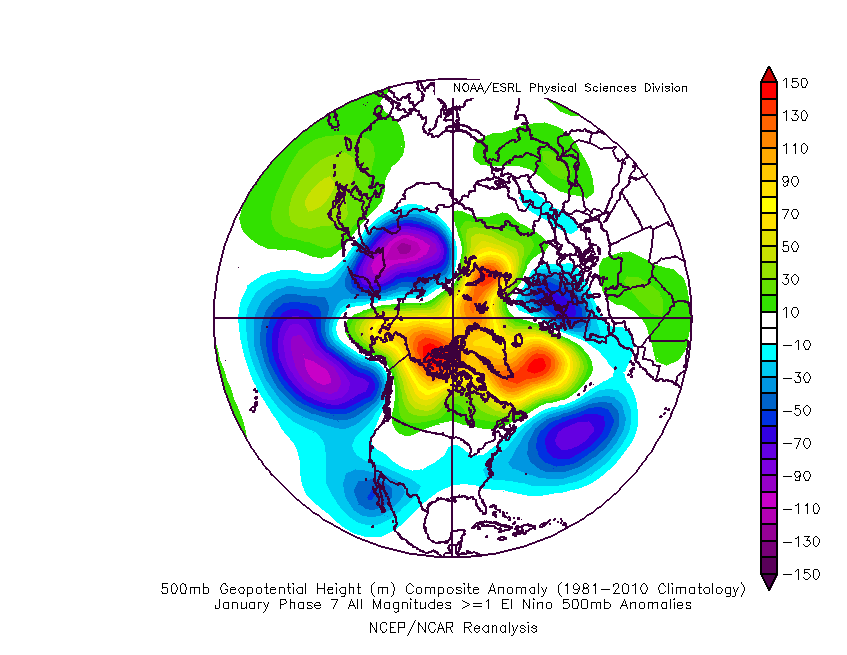Here we go again... having done some reading around it appears we're in a very similar situation to where we were in mid-December, with the MJO being projected by GEFS to progress into favourable areas for producing blocking around Greenland without collapsing, but the other models less keen on this.
Annoyingly I can't get an updated MJO outlook for today or yesterday for most models, so all I know for sure is that CFS was even more keen on the progression yesterday in its long-range outlook.
After last time I'm even more skeptical than usual of the longer-range GFS/GFSP signal at this stage.
At least this time we have some strat. warming on our side of the hemisphere to help reduce westerly momentum and sustain any heights building toward Greenland for longer.
There's also a very strong Siberian ridge being shown to build from day 6 onward, and on the 06z GFS and GFSP op runs we actually see this lifting deep cold out of the heart of the continent and sending it on a journey around the western flank of the polar vortex to pile into the Atlantic, this shifting the cold/mild boundary and hence the jet stream increasingly far south as the runs progress.
Key players in the 7-10 day period look to be that Siberian ridge - the stronger and further west the better - and the extent/positioning of low pressure development on the Canadian border of the polar vortex - too strong and/or too far west and we're waiting longer for the jet to dive far enough south in our slice of the hemisphere.
We should at least enjoy a bit of 'eye candy' in the near future if these trends can solidify.
Good news about the ECM control run as that suggests the model is considering a more favourable MJO progression and/or strat. warming impact as well.
If we can get it to phase 7 with ENSO in the current state (region 3.4 at an anomaly of +0.5 or greater) then the composite is this:


That's for low amplitude phase 7 on the left and high amplitude on the right.
It looks phenomenal for us BUT it's based on theory that as far as I know requires the Pacific SST pattern to match a typical El Nino pattern when actually we have had an unusual amount of warmth remaining in the western Pacific and interfering with things.
So the response may not be entirely in line with the above... assuming the MJO reaches phase 7 in the first place!
If you have any problems or queries relating to TWO you can Email
[email protected] https://twitter.com/peacockreports 2023's Homeland Extremes:
T-Max: 30.2°C 9th Sep (...!) | T-Min: -7.1°C 22nd & 23rd Jan | Wettest Day: 25.9mm 2nd Nov | Ice Days: 1 (2nd Dec -1.3°C in freezing fog)
Keep Calm and Forecast On